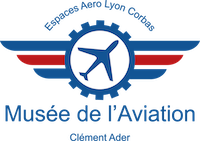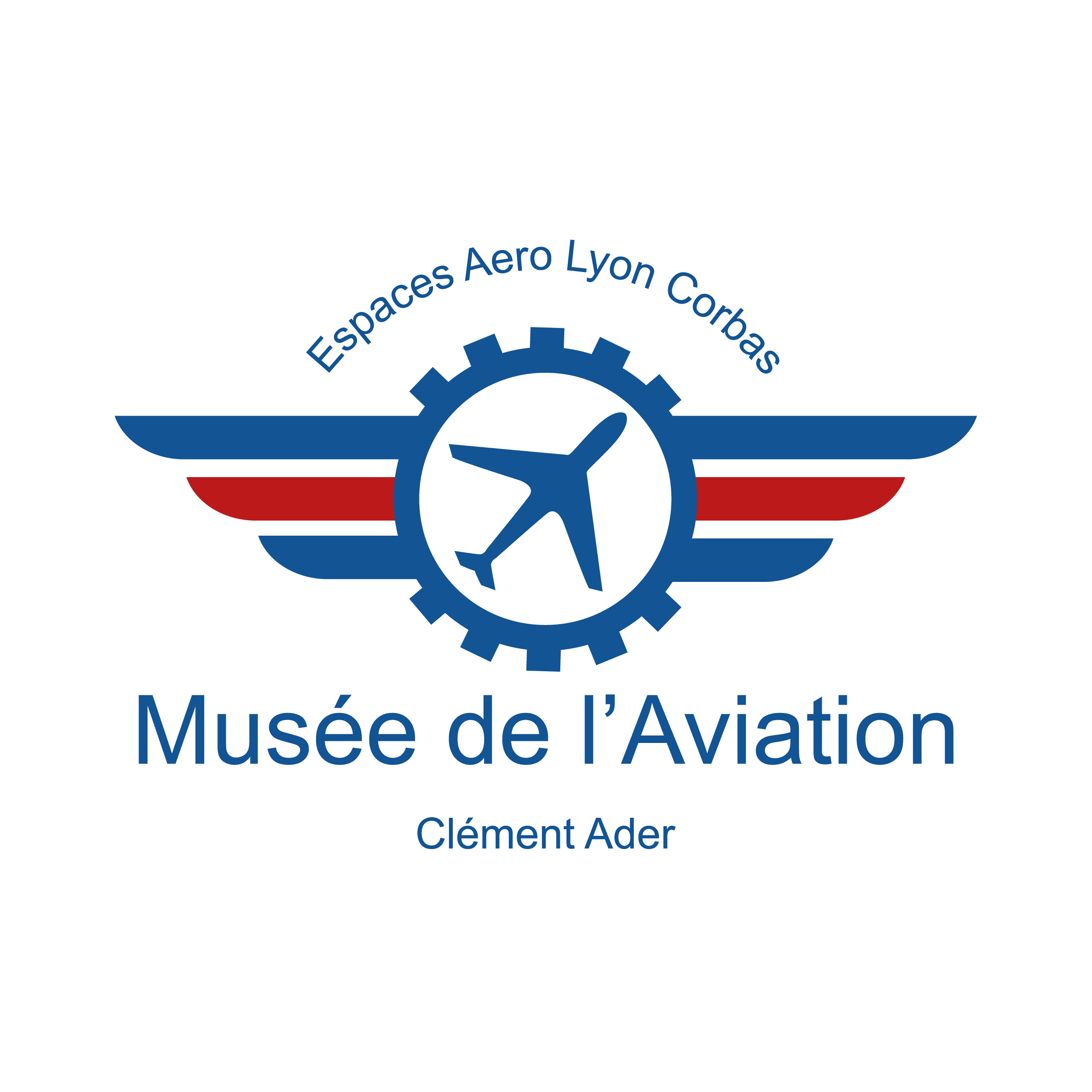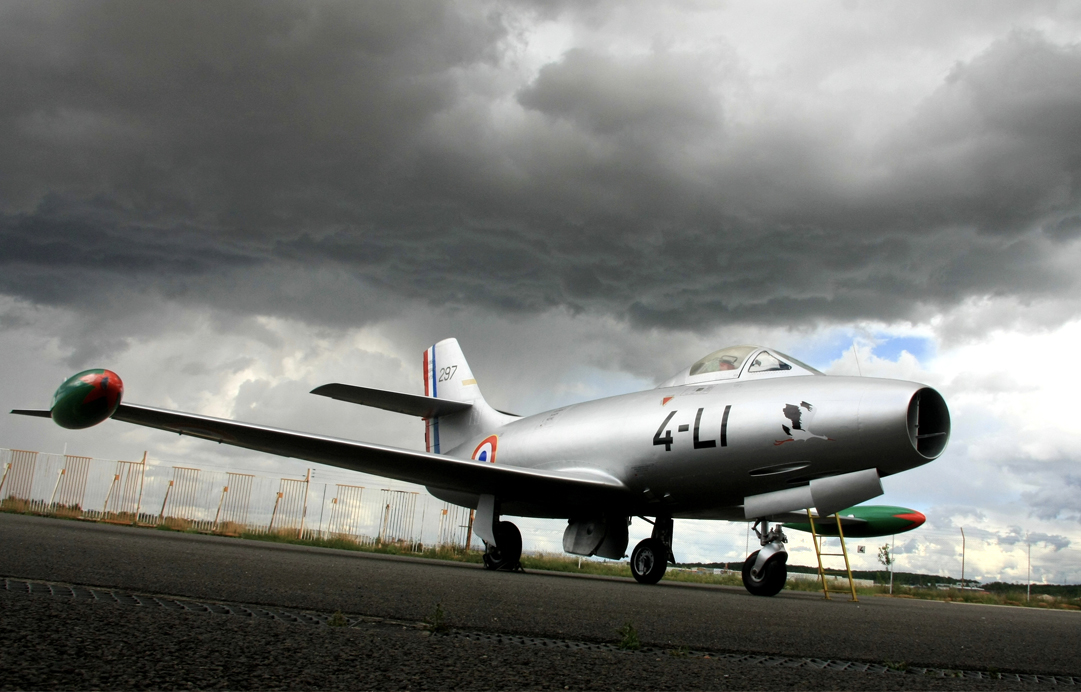- The 1st step consists in knowing that an aircraft is available for acquisition. EALC is an association approved by the Ministry of Defense and it is allowed to sit in the Armed Forces Heritage Commission. This commission lists the reformed materials and takes care of any allocations to accredited associations. The accredited association is informed of the possible provision of an aircraft by the armies, in this case it can apply to the commission for the proposed aircraft. In the event of a positive decision, the Ministry of Defense on the proposal of the commission then draws up a transfer document. This is the most common case, but we sometimes come into possession of aircraft (particularly civilian) via individuals or museums who then contact us directly. We would like to point out that no aircraft are purchased; all are donated to EALC or even exchanged between associations or museums.
- The second stage is an exploratory mission. The technical manager and the president then go on site and examine the proposed equipment. Their objective is to determine if the aircraft is indeed restorable, which is usually the case but not always. They must also anticipate dismantling, transport, future restoration work and inquire about missing equipment on board the aircraft (instruments, seat, equipment, engine, etc.). This second step is also an opportunity to obtain information on the proposed aircraft: year of construction and history of its aeronautical life. This step is also an opportunity to consider the livery proposed for the aircraft at the end of its restoration as well as the future markings (technical and military) that will have to be applied to the aircraft once its final livery has been selected.
- The third phase consists of including the aircraft in the schedule of the restoration teams so that in the event of deferred restoration, the storage and its conditions can be anticipated. This is generally quite quick so that when a date has been decided for the recovery of the aircraft, we send the commander of the air base on which the aircraft is stored a technical sheet which specifies: the date envisaged for dismantling , the people planned for this operation, the duration of the stay on site, the tools that we plan to bring and possibly the list of missing materials in case they are available on site as well as the possibility of having them on site. This operation also requires that the carrier be available and also have, on the scheduled date, the means necessary for transport by road. It is only when the agreement of the base commander has been obtained and the date has been validated by the carrier that the operation is launched.
- The fourth phase is that of dismantling and transporting the device. The planned team then goes to the site and proceeds to dismantle the aircraft. The carrier joins the team on site after confirmation of the completion of the dismantling operations and then proceeds to the transport by road to Corbas or to the place dedicated to storage. This fourth step also implies that all participants have the administrative documents necessary to enter the air base.
- The fifth step is the restoration itself. This involves the development of a work plan including the different stages of the restoration work, the provisional timetable and the constitution of a dedicated team under the direction of a manager. Restoration only begins when the conditions are met and when the missing equipment has been received. A restoration book is open. All stages of the work carried out are listed there, as well as photos of these different stages. This document is put in place in case a new restoration is necessary in the future but also to help other associations which would have to restore a device similar to ours.
- The end of the restoration is the painting phase based on the chosen livery. It requires obtaining the original paints of the aircraft or having them manufactured on the basis of the referenced colors. The objective remains that of restoring the aircraft as close as possible to its operational conditions while respecting the history of the aircraft. As soon as the decision to paint has been made, the markings are made by us using industrial design software (CAD) and their production is launched. These will be affixed upon completion of the painting. The affixing of the markings thus marks the end of the restoration of the aircraft. It will then remain to carry out the exhibition of the aircraft in our collections (placement in our hangars and information panel). The end of the restoration is usually the subject of an official ceremony involving the armed forces and the pilots who have flown on the aircraft. This ceremony is widely reported in the media.
Commentaires récents
No comments to show.


